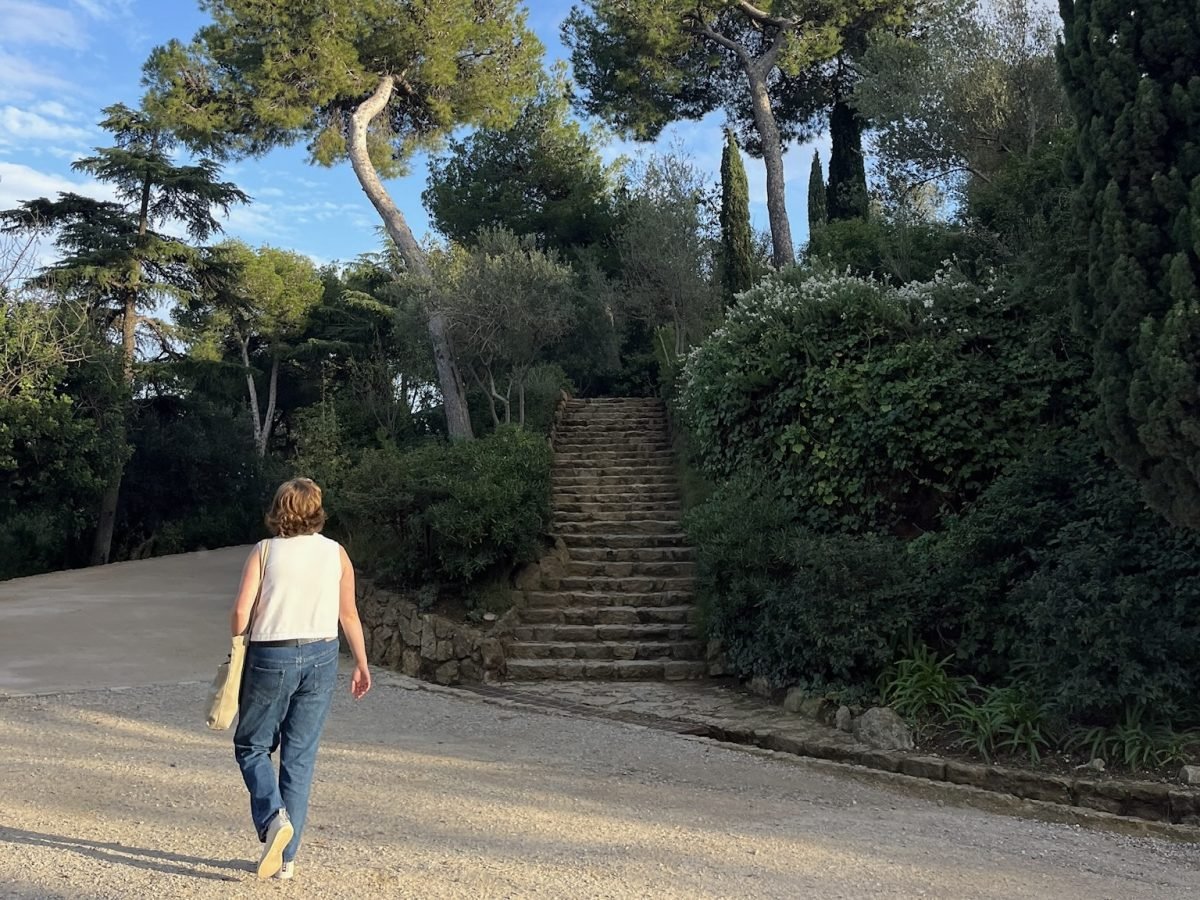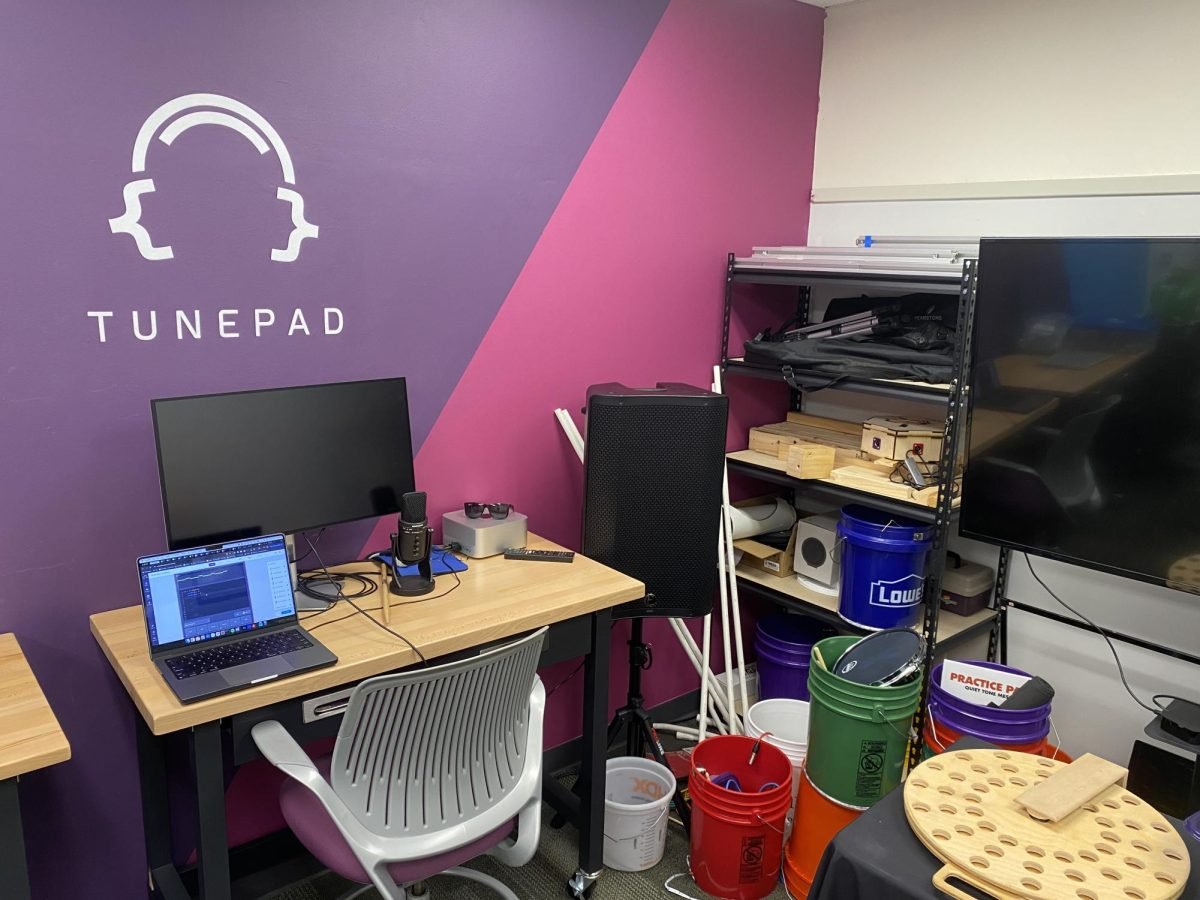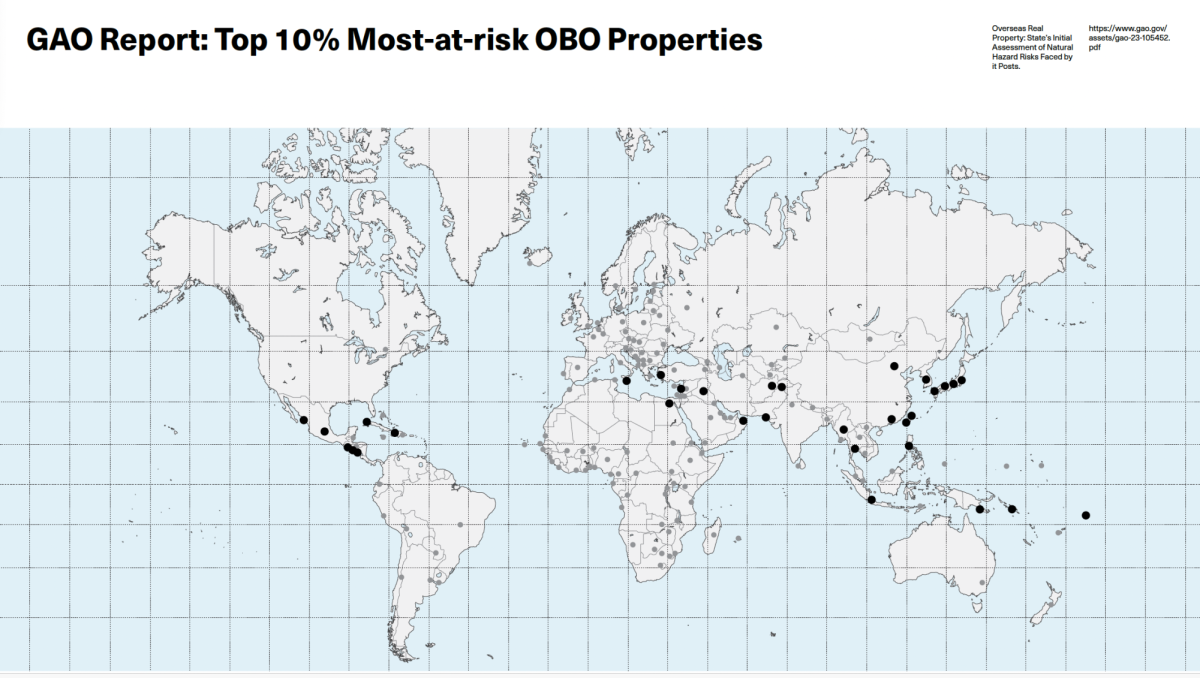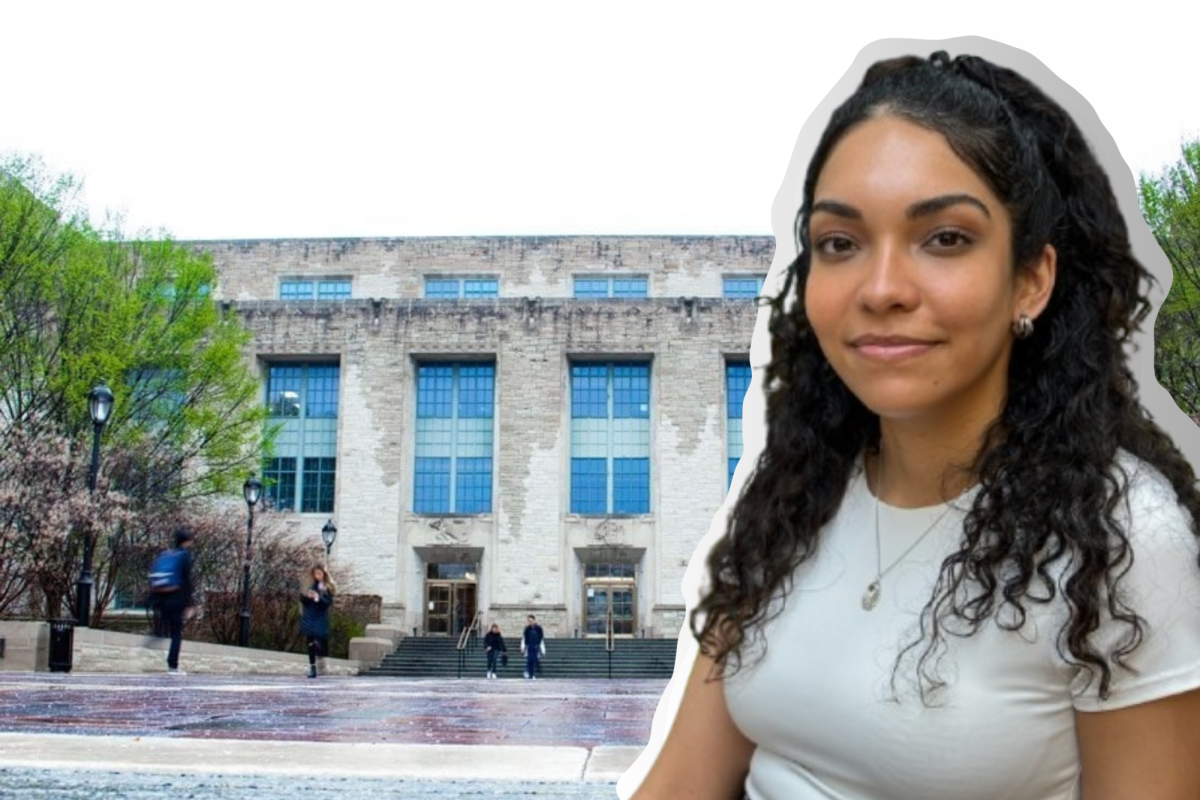Without uttering a word, Northwestern students can obtain proficiency in another language. Now they’re trying to make it count toward a requirement.
The student-run seminar “Introduction to American Sign Language and Deaf Culture” offers students a chance to learn sign language for credit but does not fulfill a Weinberg requirement. Members of the American Sign Language Club and the Associated Student Government Academic Committee are pushing to put the class on the same level as French, German and Swahili.
NU currently offers 20 foreign languages. Adding sign language would contribute to building cultural diversity, said Muhammad Safdari, president of the Academic Committee. “Deaf culture is another culture,” he said.
In 1996 NU’s Council on Language Instruction decided sign language should not fulfill the foreign language requirement because it “is a visual-gestural language (that) does not have the ability to be written and read,” two areas considered essential for gaining proficiency.
In a presentation to the council, Garen Checkley and other members of the club argued that sign language should be recognized as a foreign language because it “is a fully formed language, distinct from English, with its own related culture.”
Of the 31 institutions in the Consortium on Financing Higher Education, 20 recognize sign language as a foreign language, and 15 offer sign language courses, according to ASG.
This quarter will be the fourth consecutive term the student-taught seminar has been offered. For the first half of the quarter, the class is completely silent with students only signing, said Weinberg junior Karen Bullen, who is teaching the class this quarter. Then they play games, have projects and take a midterm and a final.
“Everyone really wants to learn in the class,” she said. “It’s a more free atmosphere because it’s student-taught.”
But a student-taught course is not sustainable, said Checkley, a member of the club.
“We’ve been incredibly lucky that there have been enough students who know enough sign language to teach the class,” the Communication senior said.
ASG has conducted two surveys to gauge student interest and has received positive feedback.
“We know there are a considerable number of students out there who are interested,” Checkley said. “Every time, the waiting list (for the seminar) has been longer than the number of students enrolled.”
When the class was first offered last winter, more than 100 students signed up. Only 18 were able to enroll.
“If there’s such high demand, we think it makes sense for it to be a class,” Checkley said.In order for the seminar to become a regular course, it would need approval by the Weinberg dean’s office, Safdari said. Then NU would need to find a professor to teach the course.
ASG and ASL are also considering the possibility of sign language fitting into the curriculum of Communication Sciences and Disorders in the School of Communication.Safdari, Checkley and others are working to establish a one-time professionally taught lecture this spring or next fall and hope to get approval for the full course “a year or two down the road,” Safdari said.
ASG and ASL have been in contact with upper-level administrators and have found support, Checkley said.
“We definitely have momentum,” Safdari said.






